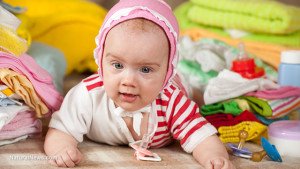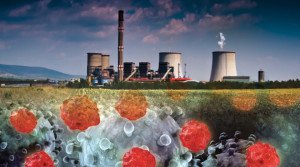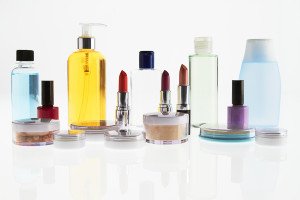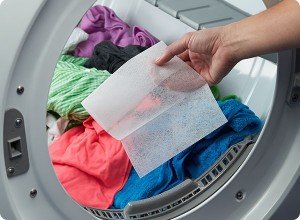Calif. finds toxic trio in nail polishes
3 min read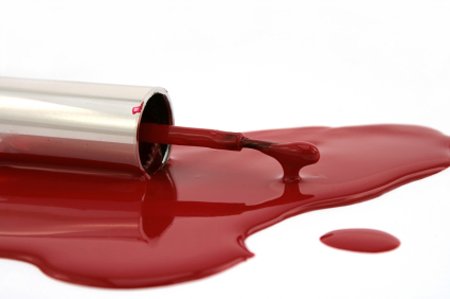
SAN FRANCISCO — Some nail polishes commonly found in California salons and advertised as free of a so-called “toxic trio” of chemicals actually have high levels of agents known to cause birth defects, according to state chemical regulators.
A Department of Toxic Substances Control report to be released Tuesday determined that the mislabeled nail products have the potential to harm thousands of women who work in more than 48,000 nail salons in California, and their customers.
Investigators chose 25 brands at random, including a number of products claiming to be free of the chemicals toluene, dibutyl phthalate (DBP) and formaldehyde, which are known as the toxic trio. Regulators said exposure to large amounts of the chemicals has been linked to developmental problems, asthma and other illnesses.
Investigators found that 10 of 12 products that claimed to be free of toluene actually contained it, with four of the products having dangerously high levels.
The report also found that five of seven products that claimed to be “free of the toxic three” actually included one or more of the agents in significant levels.
The agency said it did not have enough data to accurately estimate how many people were being exposed to the chemicals through the products.
“We know there are exposures at salons, both to workers and customers, and we’re concerned about potential harm,” said Karl Palmer, the DTSC’s pollution prevention performance manager who oversaw the report.
“Our strategy first and foremost is to shed light on the reality of what’s in these products and put this information out to everyone.”
Among the products tested that the state says were mislabeled were: Sation 99 basecoat, Sation 53 red-pink nail color, Dare to Wear nail lacquer, Chelsea 650 Baby’s Breath Nail Lacquer, New York Summer Nail Color, Paris Spicy 298 nail lacquer, Sunshine nail lacquer, Cacie Light Free Gel Basecoat, Cacie Sun Protection Topcoat, Golden Girl Topcoat, Nail Art Top-N-Seal and High Gloss Topcoat.
The DTSC says all three chemicals are linked to chronic health conditions and that the 121,000 licensed nail care technicians who work in the salons, many of them young Asian-American women, are most at risk.
The agency said the salons are often poorly ventilated, leading to exposure to a number of harmful chemicals.
“We are alarmed by the results of this report,” Julia Liou, co-founder of the California Healthy Nail Salon Collaborative and a public health administrator for Asian Health Services, said in a statement. “The misbranding of products is not only a major public health problem, but also interferes with a salon worker’s right to a safe and healthy work environment.”
While the use of the three chemicals in nail products is not illegal, agency officials said the false claims on the labels may be — but a final decision on that will be made by the state attorney general’s office.
DBP has been banned in nail products in the European Union, and the EU has strict limits on the amount of formaldehyde and toluene that can be used.
“We will need to examine the data for compliance with Prop. 65 and other state laws,” said Lynda Gledhill, a spokeswoman for the attorney general’s office.
Proposition 65 is a state law that requires that all harmful chemicals in a product be revealed by the manufacturer.
Mike Vo, vice president of Miss Professional Nail Products, Inc., the maker of the Sation products and others on the list, said he disputed DTSC’s findings.
“We will look at the report and challenge it,” he said.

